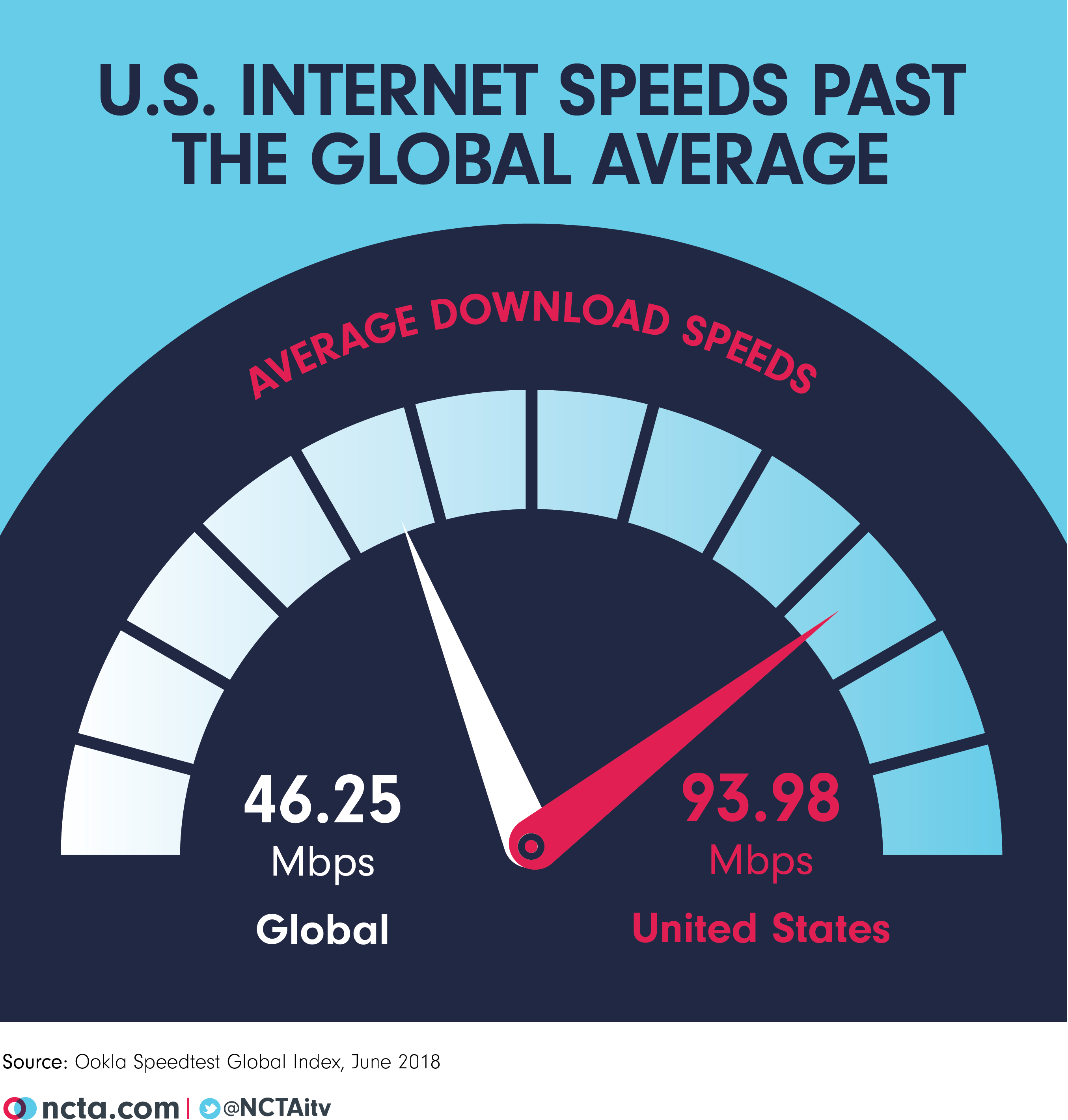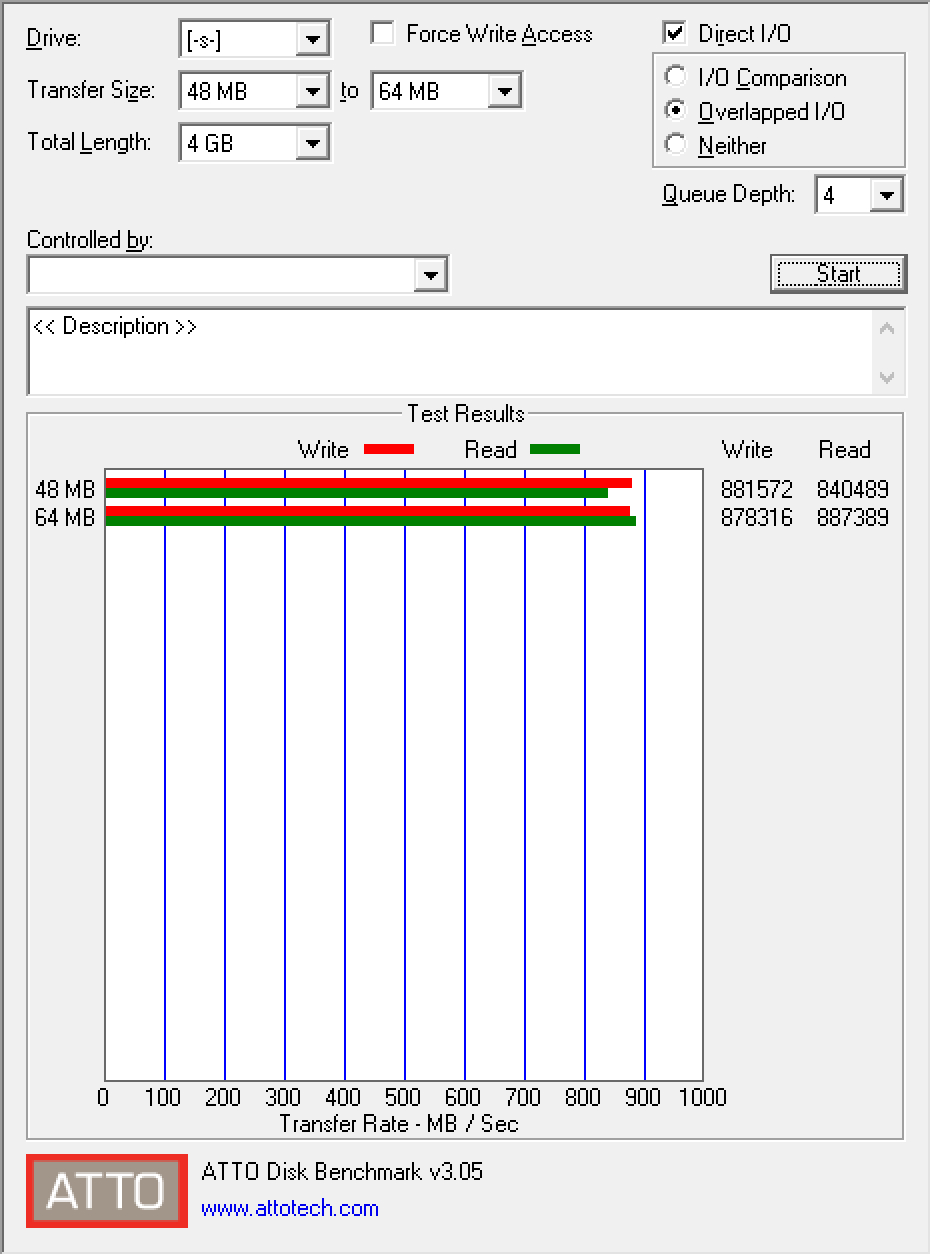

You can also cut down on bandwidth use to streamline your most important connections. Here’s a guide on what to do if you feel stuck with slow internet. You’ll find our troubleshooting recommendations in the section below. Keep in mind that there are ways to improve a slow connection without investing in a more expensive plan. Most people in the US have access to at least two internet providers in their area-and you may be able to find a faster plan from a different provider than what you have now. Shop around, though, if you’re experiencing repeated problems with your internet connection.
WHAT IS AVERAGE DOWNLOAD SPEED UPGRADE
If that’s the case, you may just want to upgrade to a better plan if your speeds are too slow. If you’re experiencing slow speeds, make sure you’re getting close to the speeds you’re paying for as part of your monthly internet package. But you should consider switching plans if you haven’t been able to improve your speeds in any other way. You shouldn’t switch internet plans just for having slow speeds.

Should you switch internet plans if you have slow speeds? High latency causes things like lag in video games. It is measured in milliseconds, and lower latency is better. In practical terms, latency is how long it takes from when you click a thing to when you see the results of that click. Latency is the amount of time it takes for a piece of information (called a ping) to travel from your computer to the network server and back. To get faster uploads, sign up for a faster internet plan or get fiber internet, which gives you symmetrical upload and download speeds. Internet providers generally give customers much less upload speed than download speed-usually 1 Mbps of upload bandwidth for every 10 Mbps of download bandwidth.īut you want faster upload speeds if you do things that require a lot of upload bandwidth. Our speed recommendations are given in download speed as well.īoth upload and download speed are important, but most people use more download bandwidth than upload bandwidth. When internet providers advertise internet speeds, they most often refer to download speeds, or what you use to receive data from the internet. However, fiber internet providers usually deliver symmetrical speeds, giving you uploads that are just as fast as downloads-with uploads hitting 1,000 Mbps or higher on the highest-tier plans. In many cases an internet provider’s download speeds will be up to 15 times faster than the uploads. People spend the majority of their time downloading data from the internet, not uploading it, so traditionally uploads have been set at much lower speeds. Uploads involve loading data onto the internet. But some internet plans give you much faster uploads, even gigabit speeds. What is a fast upload speed?Ī fast internet upload speed is at least 10 Mbps. Having internet that fast is like owning a lifted 4WD work truck-you likely won’t have any opportunity to use all that power unless you’re involved in some industrial-grade internet activity, like mining cryptocurrency with dozens of computers all on the same Wi-Fi. There’s no reason to have an internet plan in the range of 2,000 Mbps or faster right now. Uploading large files or backing up hard-drives to cloud servers.But other activities take up more bandwidth and thus require much faster speeds.Īctivities that benefit from gigabit internet: It’s not necessary if you spend most of your online time doing things like checking email, streaming video in HD, and making occasional Zoom calls, since those activities require much less bandwidth. But it’s expensive and faster than most people need, so it’s not worth it for the average user. It’s also worth it if you share your Wi-Fi with a bunch of roommates or family members. Gigabit internet is worth it if you use a large amount of bandwidth on a regular basis. A couple providers even offer 2 Gbps in some areas, while AT&T offers 5 Gbps. On the high end, residential internet speeds can reach up to 1 gigabit per second (Gbps) of download speed, or 1,000 Mbps. FCC Chairwoman Jessica Rosenworcel has advocated for raising the baseline definition of broadband to be 100 Mbps. Although that’s enough speed for basic internet use, it’s actually a bit slow by today’s standards, since many providers offer 100 Mbps speeds as basic-level plans. The Federal Communications Commission (FCC) defines broadband or high-speed internet as 25 Mbps for download and 3 Mbps for upload speed. Fast internet is a connection with speeds of 100 Mbps and up.


 0 kommentar(er)
0 kommentar(er)
